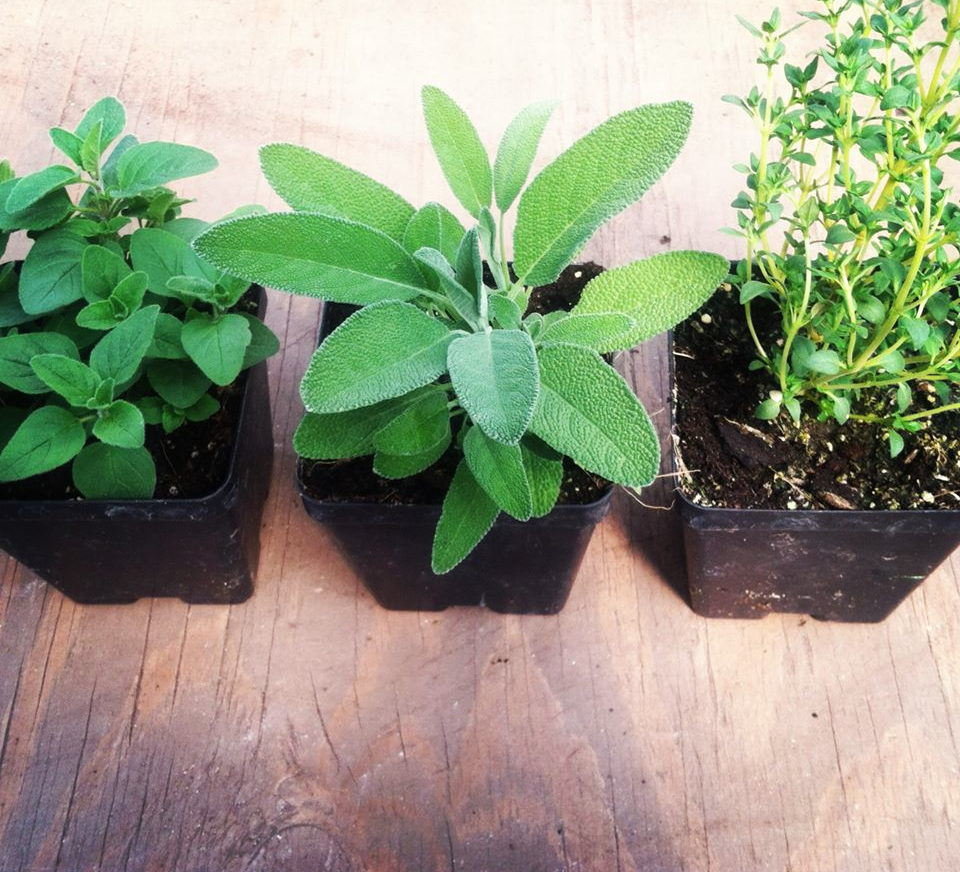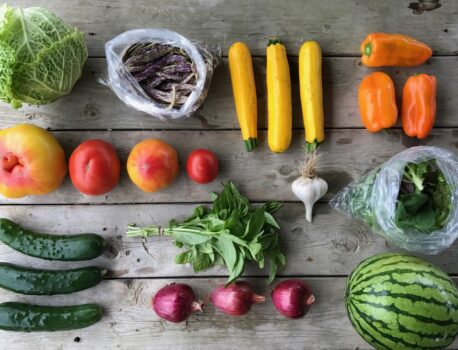I remember the first time I put seeds in the ground. I was growing baby salad mix and I had no idea what I was doing. I spent a solid 20 minutes gently placing each seed in the right spot, making sure my lines were straight and the seed depth was perfect.
A more experienced farmer/gardener working alongside me saw my anxiety and said one very important sentence, “Denae, the seeds WANT to grow.”
What she meant was that I didn’t need to take such painstaking steps to make sure every seed was buried at the perfect depth in perfectly manicured lines – I was wasting my energy. Plants are resilient and seeds want nothing more than to grow.
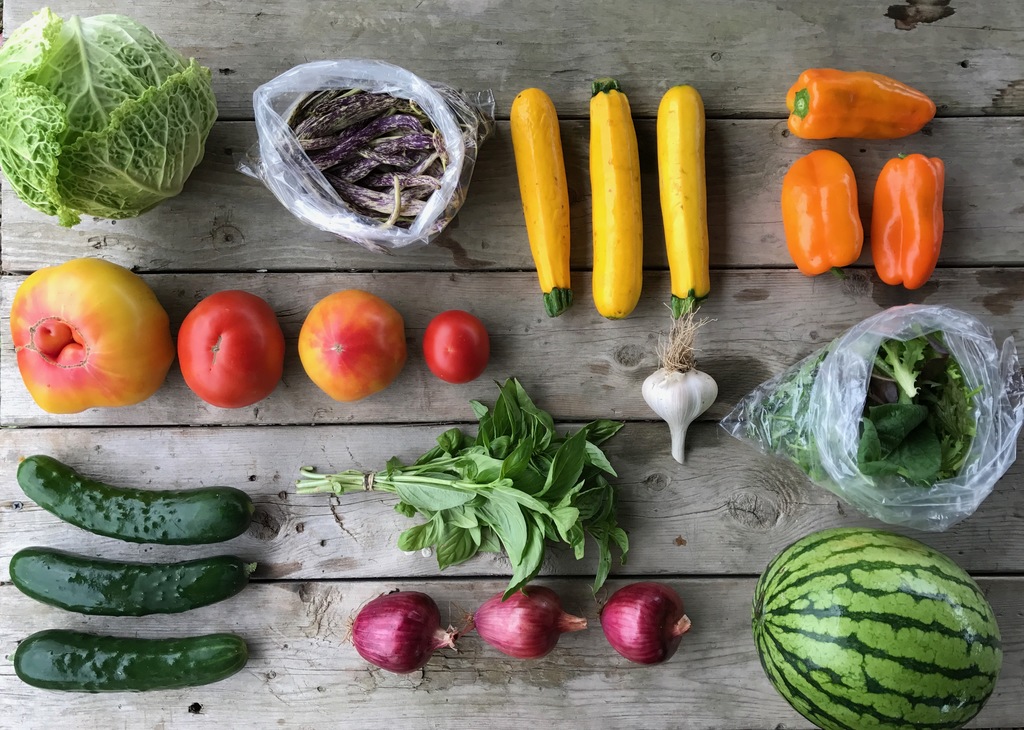
However, some seeds and plants require a bit more coddling and specialized knowledge to get them to grow to their maximum potential. Beginners should keep this in mind when deciding what’s best for their start vegetable garden. One of the most frequently asked questions by people who are just getting started with gardening is what to grow.
Main Principles for Deciding What to Grow
- Grow what you enjoy eating
- Grow what will bring you success
- Try something challenging – failure is OK!
The first principle is pretty self-explanatory. I find that most people are drawn to growing tomatoes, for example. While I would consider them an intermediate level plant, I think it’s great for people to try their hand at growing them. If you want to try, try!
When gardening with kids, I always make sure to plant things that come up quickly and give you something to eat soon. Radishes are a great example of this, as are baby greens for salad, like kale and lettuce. This tactic works for adults, too – success at the beginning of the season can be motivating.
Failure is inevitable and things are going to die, even (and sometimes especially) those things you’re most excited about. This does not mean you don’t have what it takes. Learning about your soil, your climate, different plant needs, and how to deal with things like pest and diseases takes time.
Top 9 plant suggestions for beginners:
Notes: *days to germination (both indoors and outdoors) depend heavily on temperature; **days to transplant vary based on container size and temperature; ***days to harvest vary based on climate and variety
1) Radishes
My Favorite Varieties: Saxa 2, D’Avignon (French breakfast radish)
- level of difficulty: easy
- partial shade to full sun
- cool season crop (can plant before last frost and in fall)
- best when direct-seeded in the ground
- days to germination: 2-5
- days to harvest: 18-30

Pros: Quick, 30-day crop (or less!); great for small spaces
Cons: Most people likely aren’t in the habit of eating radishes regularly and find them hard to incorporate into their diets.
Most people think radishes can only be eaten fresh but I love to roast and saute them.
TIP: Don’t let your radishes become over-mature or else they will be pithy and hollow. Planting too many at once means you may have too many to eat at once (they typically mature at the same rate). Instead try planting them in succession a week or two apart and in small quantities so your harvest is spread out.
2) Tomatoes
My Favorite Varieties: Cherokee Purple (heirloom), Sungold (cherry), Brandywine (heirloom slicer)
- level of difficulty: intermediate
- full sun
- warm season crop (plant after last frost)
- needs to be started as a seedling
- days to transplant: 45-60
- days to harvest (from transplant): 50-75

Pros: Your first harvest can make you feel like an accomplished gardener
Cons: Higher cost because they need to be seeded indoors and transplanted into the garden. If you’re feeling ambitious you can do this yourself or purchase seedlings from a farmers’ market or garden center.
TIP: Make sure to give your tomatoes at least 18” between plants in the garden. If you’re container gardening, go with at least an 8 gallon pot per plant so that they can reach their maximum harvest potential.
3) Greens (kale, collards, Swiss chard)
My Favorite Varieties: Dino kale, Red Russian Kale, Champion Collards, Bright Lights Chard (aka. rainbow)
- level of difficulty: easy
- partial shade to full sun
- cool season crop (can plant before last frost and in fall)
- can be direct seeded or transplanted
- days to germination (outdoors): 3-7
- days to transplant: 30
- days to harvest (baby): 30 (full-size): 55


Pros: Can be grown as large plants for cooking or kept small for bite-sized fresh salads; does well in any season (in temperate climates… this is not the case for very warm climates)
Cons: Susceptible to imported cabbage worm pest (the pretty little pale yellow moths that result in the tiny little green worms found on most brassica plants)
TIP: Kale and collards are very cold tolerant and can even make it through a mild Michigan winter! The colder the weather, the sweeter they get. Keep them through the fall and harvest them on sunny days for a sweet cool season treat. (Just make sure the leaves are totally thawed when you harvest.)
4) Cucumbers
My Favorite Varieties: Marketmore 76 (slicing), Northern Pickling (for pickles or snacking!)
- level of difficulty: easy to intermediate
- full sun
- warm season crop
- can be direct seeded or transplanted (make sure not to let your plants become “root-bound” in their cells)
- days to germination (direct seeded): 7-10
- days to transplant: 14-28
- days to harvest (pickling): 50-65 (slicer): 55-70
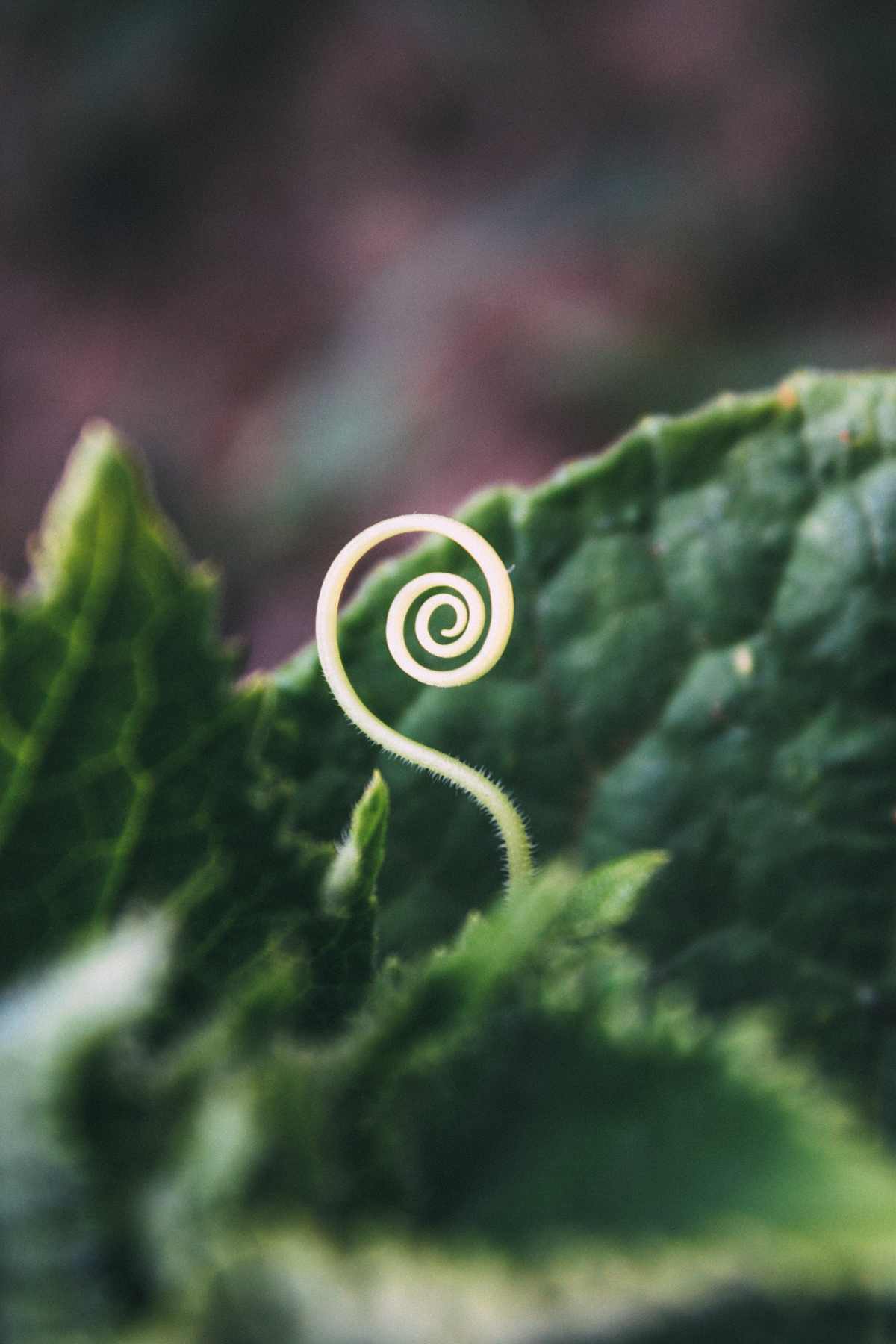
Pros: Can be very vigorous and will produce many fruits over the course of several weeks if plants are healthy
Cons: Can be susceptible to powdery mildew which can spread to other things. They also require more space than some people have – I recommend trellising in this case.
TIP: Cucumbers are vining plants. They do okay if you allow them to sprawl on the ground but this gives bugs better access to their fruits. Try setting up a trellis for them to climb – they may need some assistance finding their way on occasion but the tendrils of the vines usually grab on to structures provided! [ADD amazing FB trellis pic]
5) Green Beans (bush-style)
My Favorite Varieties: Jade (green), Dragon Tongue (purple and yellow streaks flat bean [PIC])
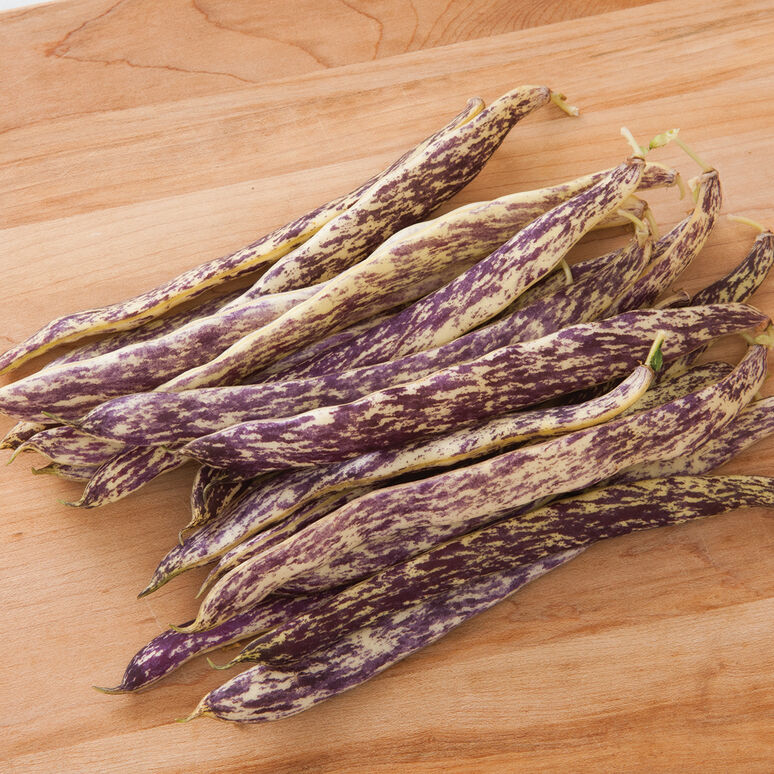
- level of difficulty: easy
- prefers full sun, does ok in partial shade
- warm season crop
- best when direct-seeded in the ground
- days to germination: 6-14
- days to harvest: 50-55
Pros: A great intermediate crop between cool season greens (kale, lettuce) and summer fruits (tomatoes, peppers, etc.)
Cons: Need to be harvested regularly or they will stop producing
TIP: Harvest right when you start to see the individual beans begin to form bumps in the pod. Leaving them longer than this can cause them to become woody and harvesting them too soon leaves them without much flavor.
6) Snap Peas
My Favorite Varieties: Sugar Snap, Sugar Ann
- level of difficulty: easy to intermediate (requires trellis or other climbing infrastructure)
- partial shade to full sun
- cool season crop
- best when direct-seeded in the ground
- days to germination: 7-21
- days to harvest: 55-70
Pros: Early crop for eager growers
Cons: Small window of time for growing. These do best in cool weather so make sure to get them in the ground early!
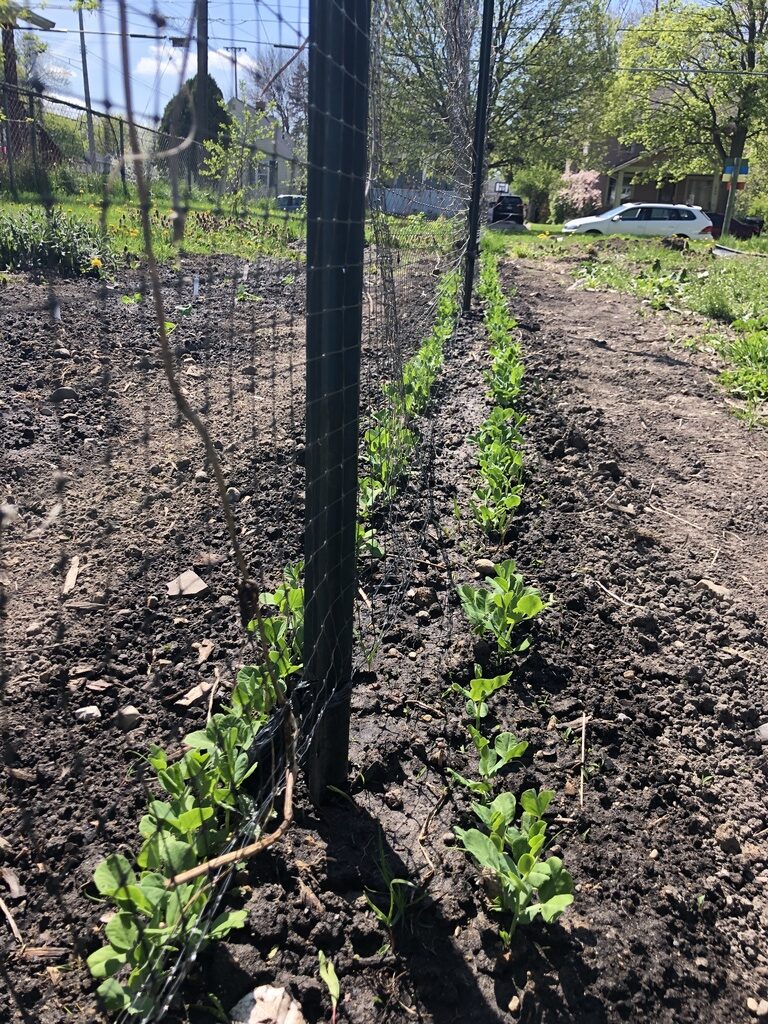
TIP: These are ready to harvest when they are plump and filled out like a finger! Harvesting too soon keeps them from achieving maximum sweetness
7) Zucchini/Summer Squash
My Favorite Varieties: Dunja (green zucchini), Patty Pan
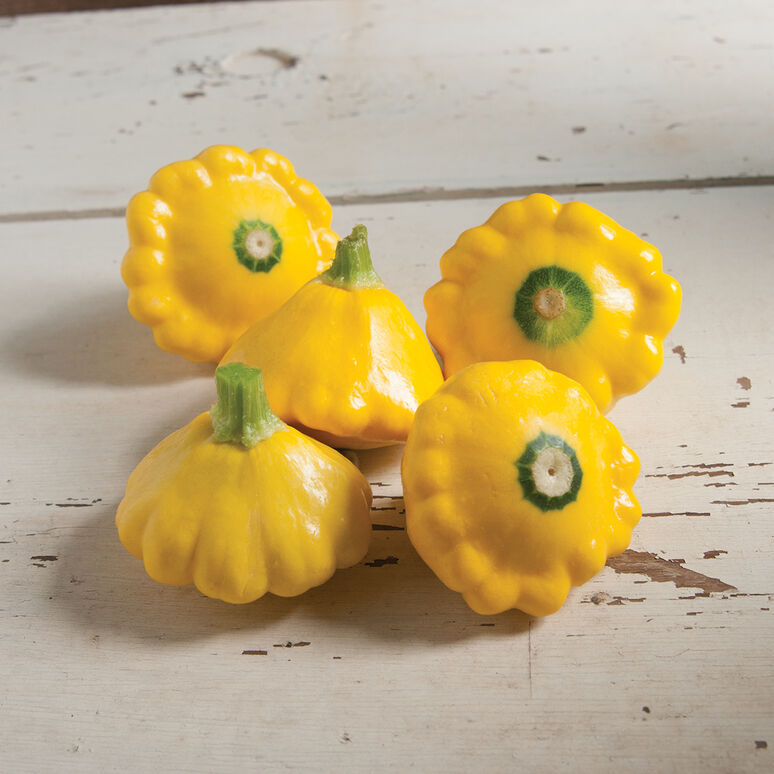
- level of difficulty: easy
- full sun
- warm season crop
- can be direct seeded or transplanted (make sure that plants do not become overgrown and rootbound)
- days to germination (direct seeded): 7-10
- days to transplant: 14-28
- days to harvest: 35-55
Pros: Heavy producer!
Cons: Quick growing nature can leave you with giant zucchinis that can be overwhelming to cook
TIP: Zucchini and summer squash taste best and have the best texture when harvested between 6 and 9 inches long; patty pans are best when they are fist-sized.
8) Carrots
My Favorite Varieties: Sugarsnax (spring), Bolero (fall storage)
- level of difficulty: intermediate
- partial shade to full sun
- cool season crop
- best when direct-seeded in the ground
- days to germination: 14-21
- days to harvest: 65-80 days
Pros: Storage varieties can store for up to 6 months after harvest!
Cons: Need consistent water during germination and lots of attention in weedy soil
TIP: Make sure your soil is very well prepped and free of pebbles. When carrots hit rocks and pebbles they tend branch out making them harder to harvest/more likely to break when harvesting. (They can also result in carrots with legs and other body parts that are great for a laugh in the garden!)
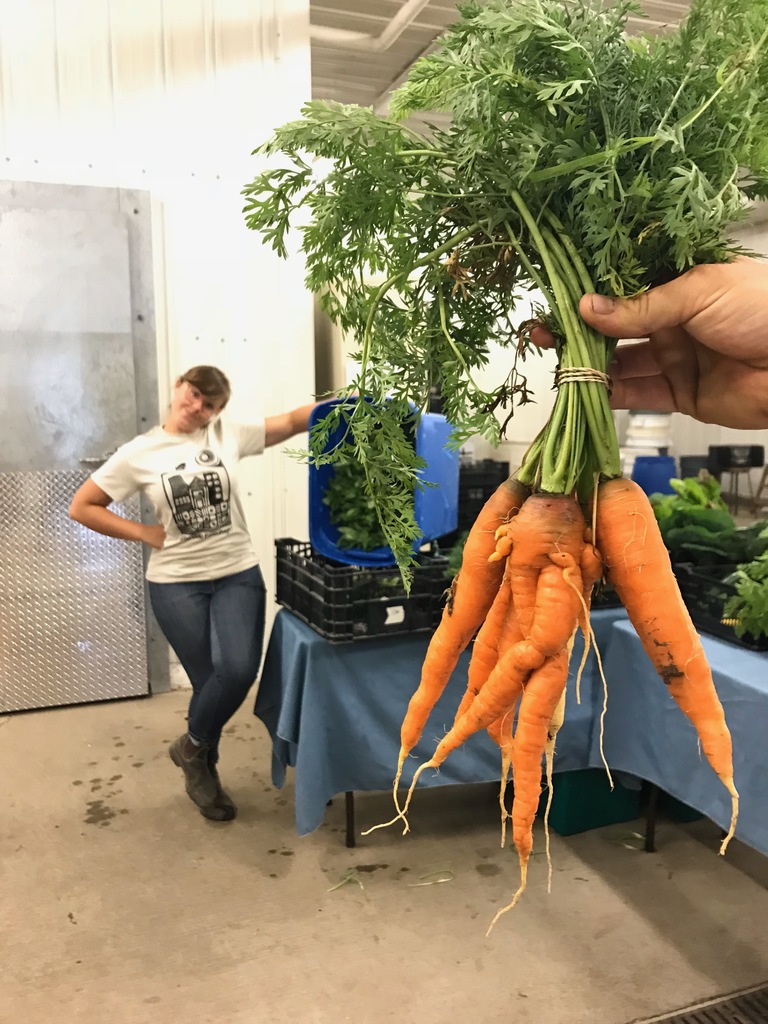
9) Lettuce (baby):
My Favorite Varieties: Allstar Gourmet Mix (Johnnys), Tango (green leaf)
- level of difficulty: easy
- shade to full sun
- cool season crop
- can be direct seeded or transplanted
- days to germination (direct seeded): 3-9
- days to harvest: 21-45
Pros: Can be harvested multiple times
Cons: Becomes bitter in warm weather
TIP: Cut just above the growing point, where new leaves come out. This will allow you to harvest the same plants multiple times over! Water overhead or plant in partial shade to keep crops cool on hot, sunny days.
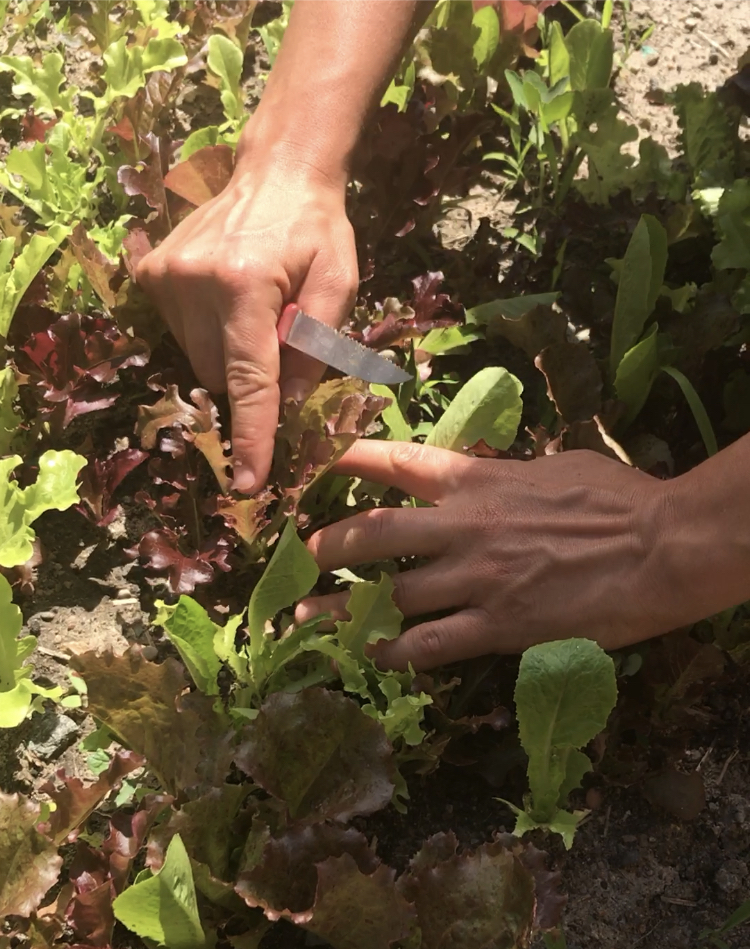
Education is endless when it comes to gardening. Learning by doing is the best way! Sign up to receive the latest posts as well as free cheat sheets and guides for our subscribers only.

